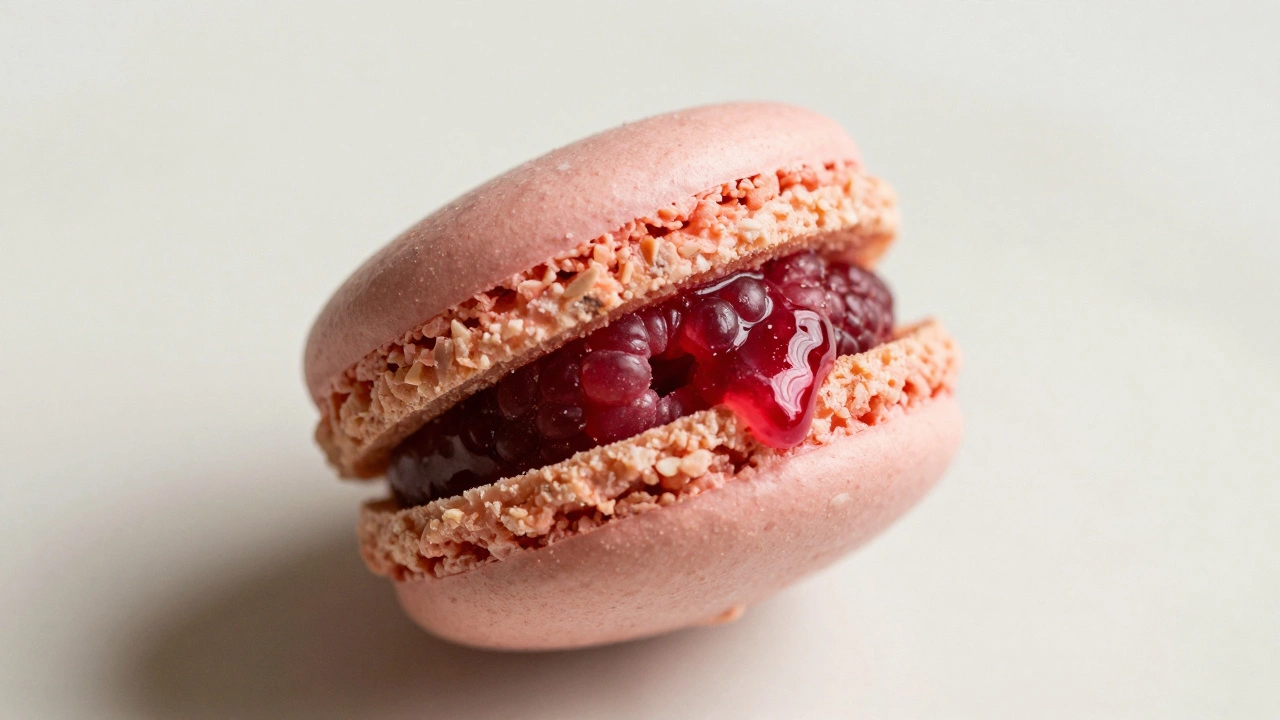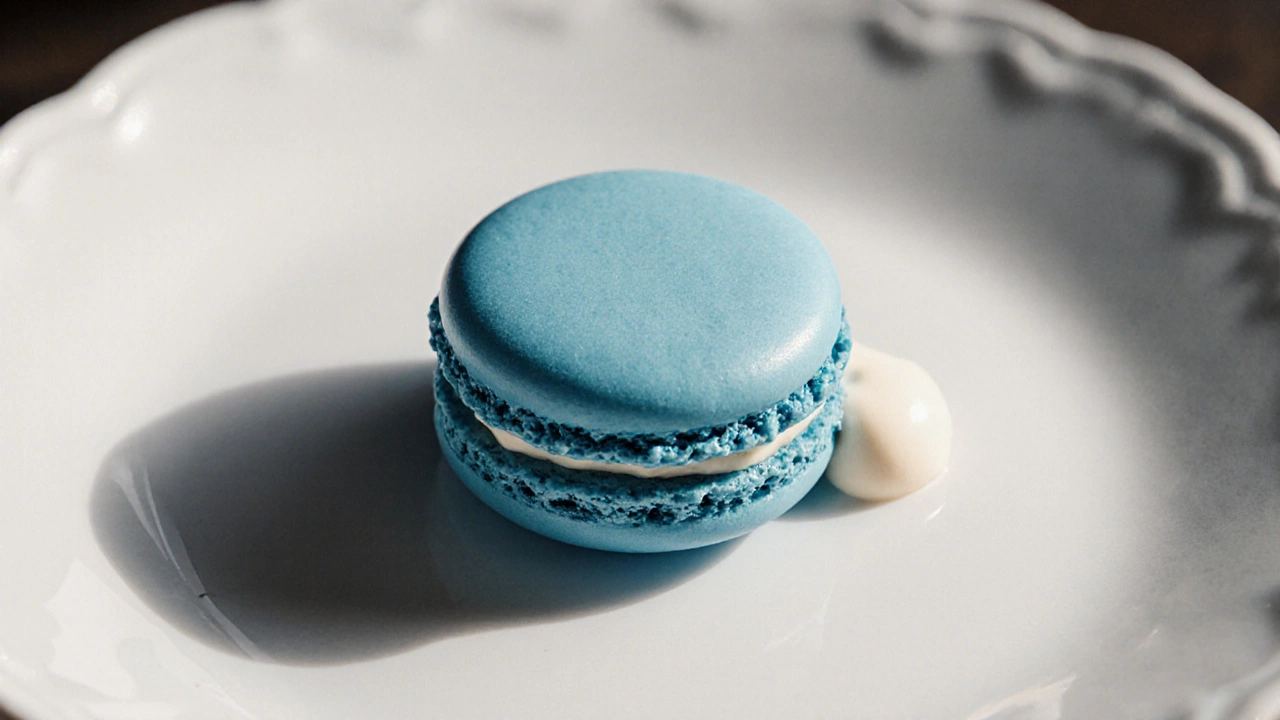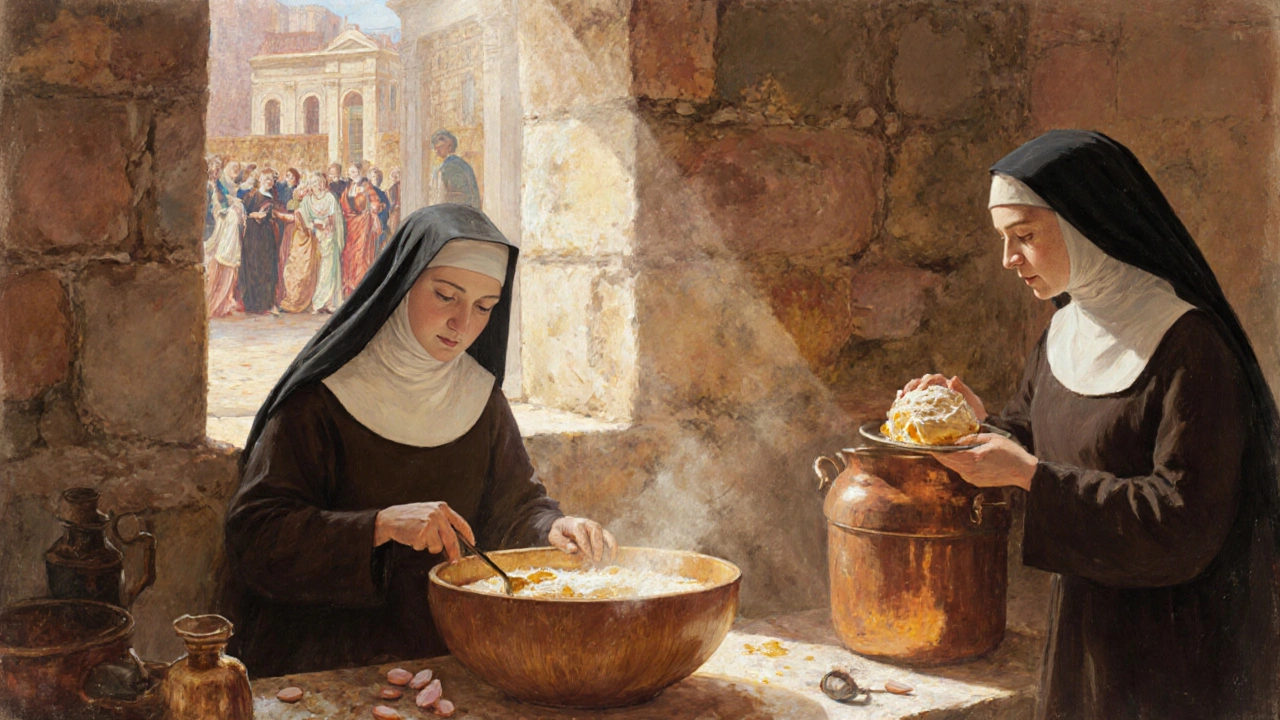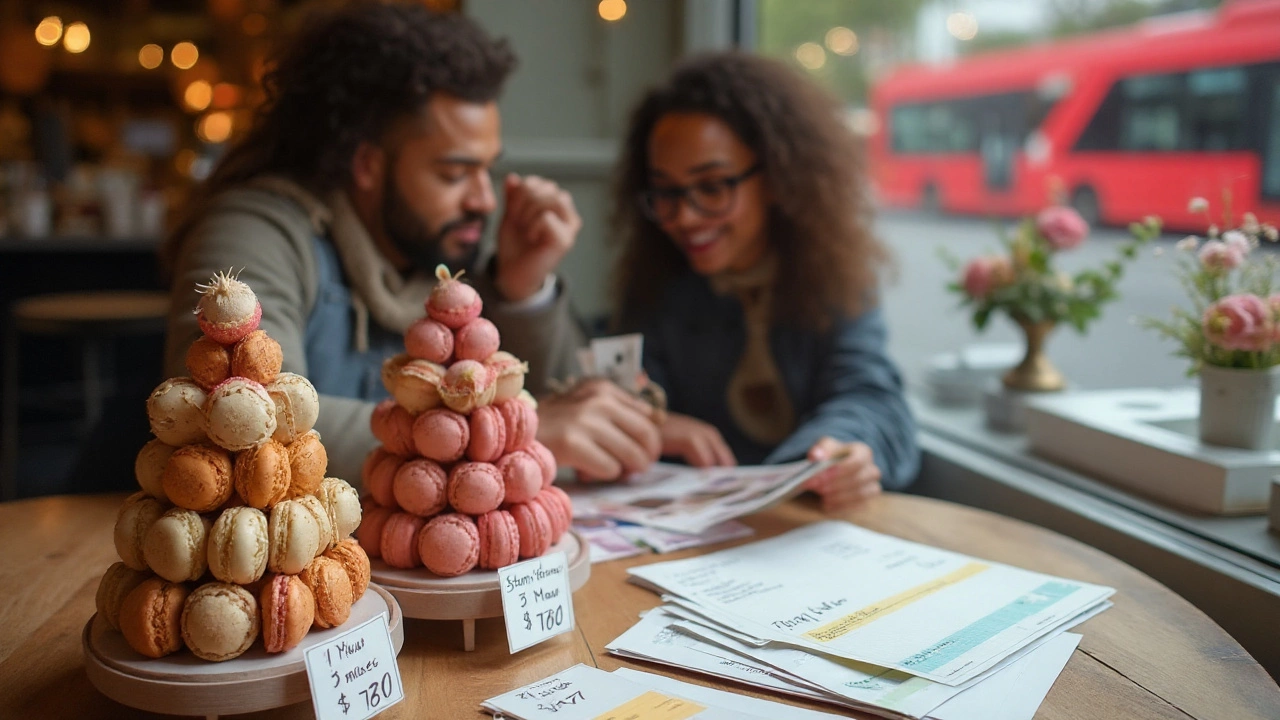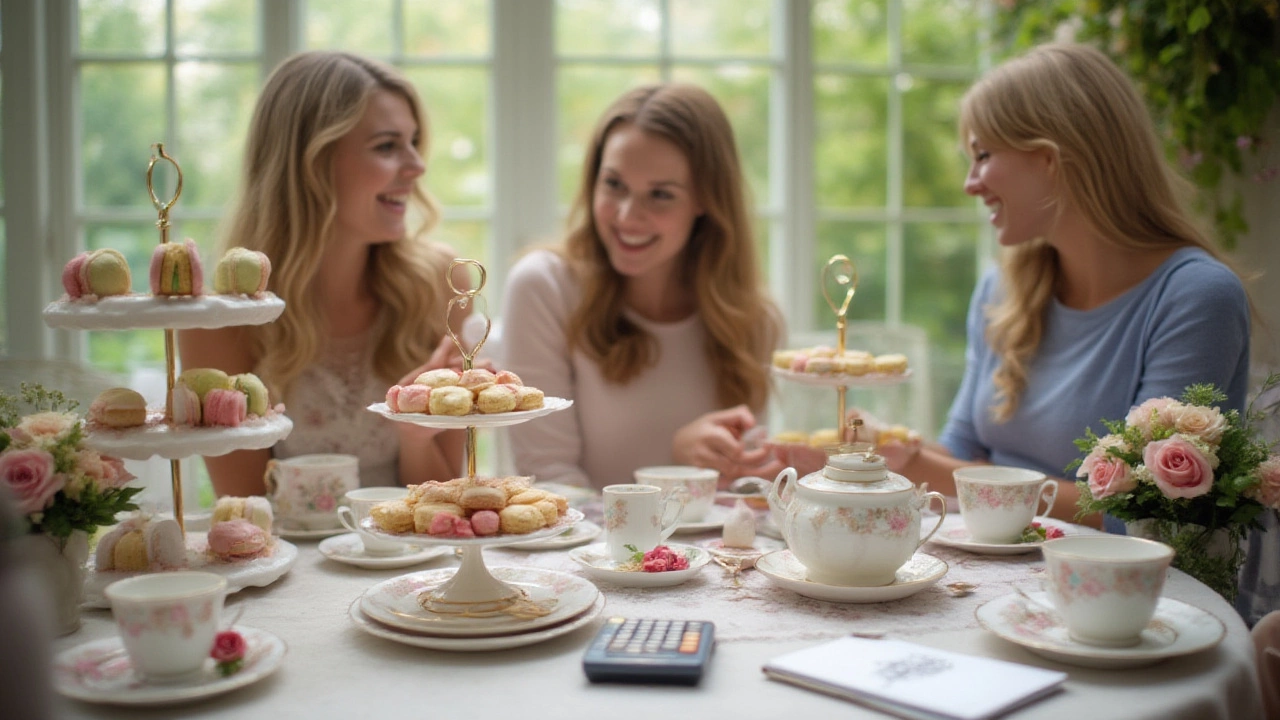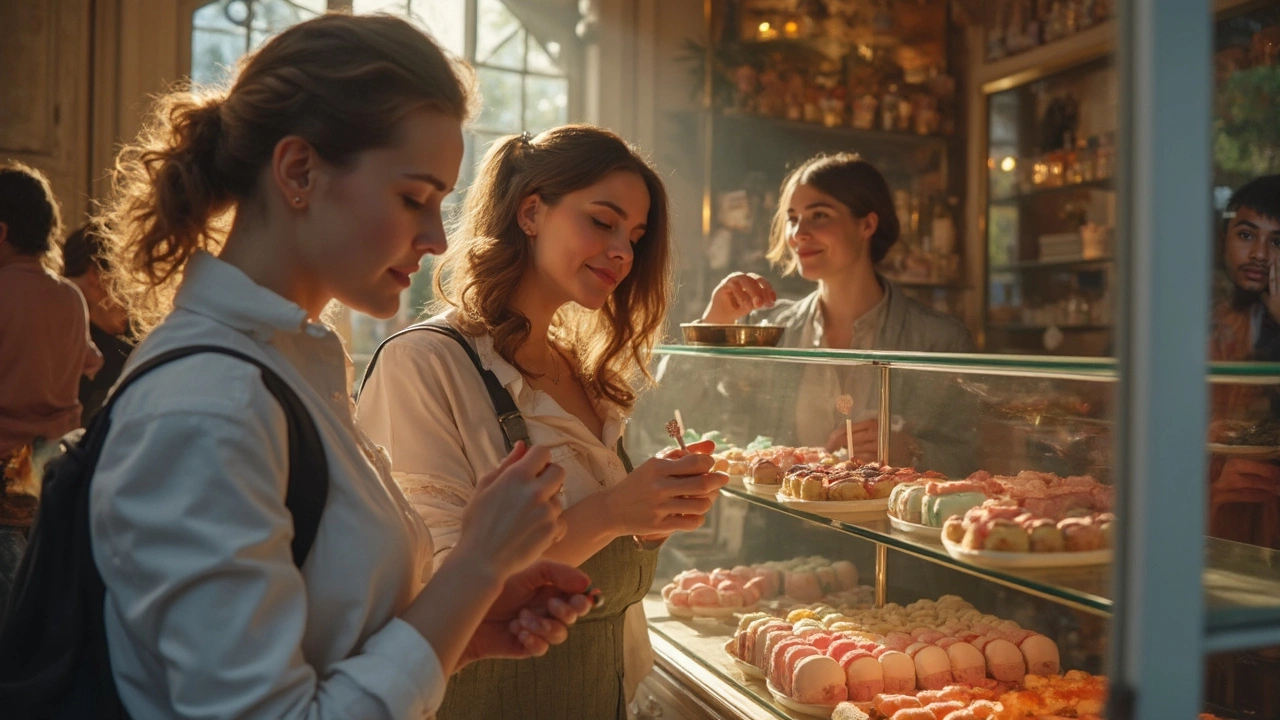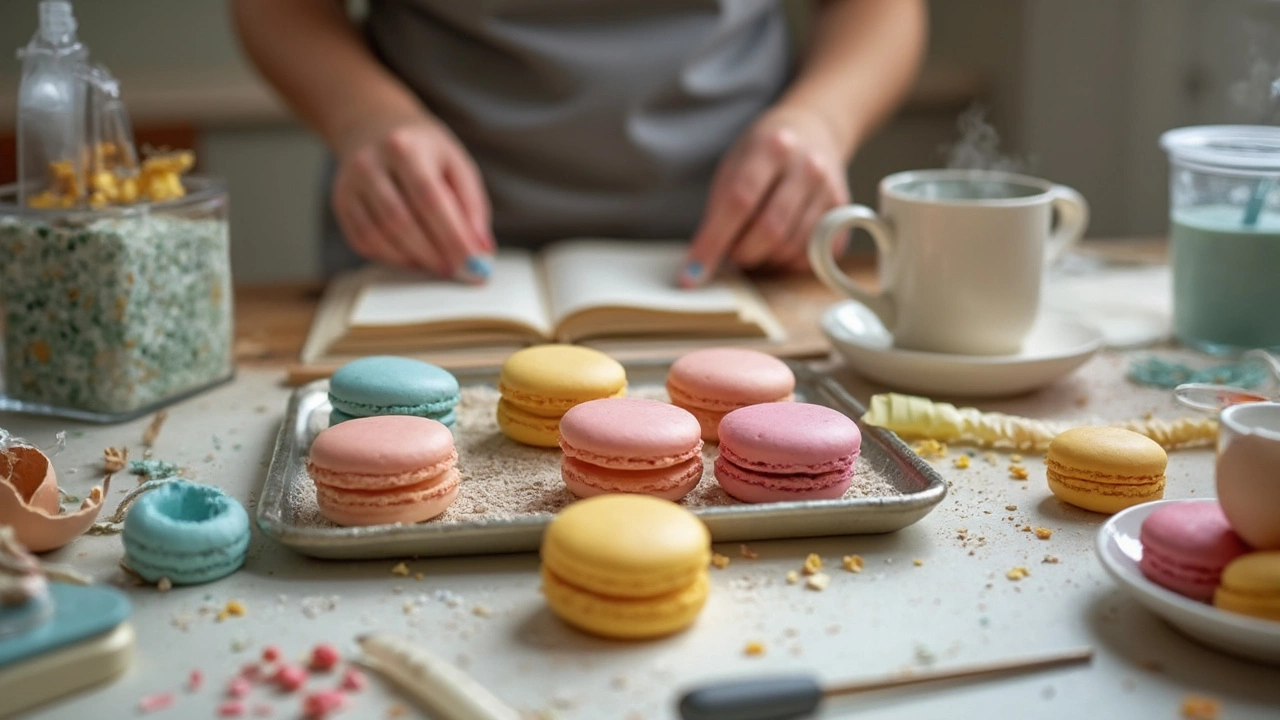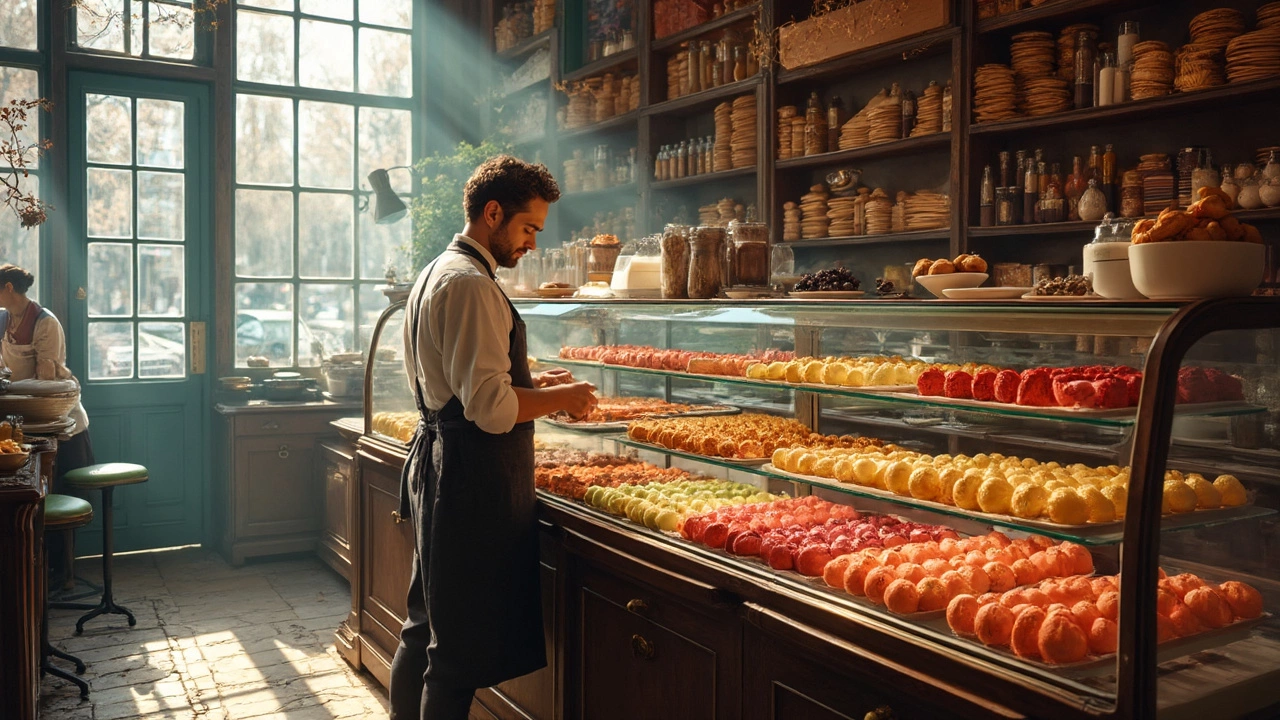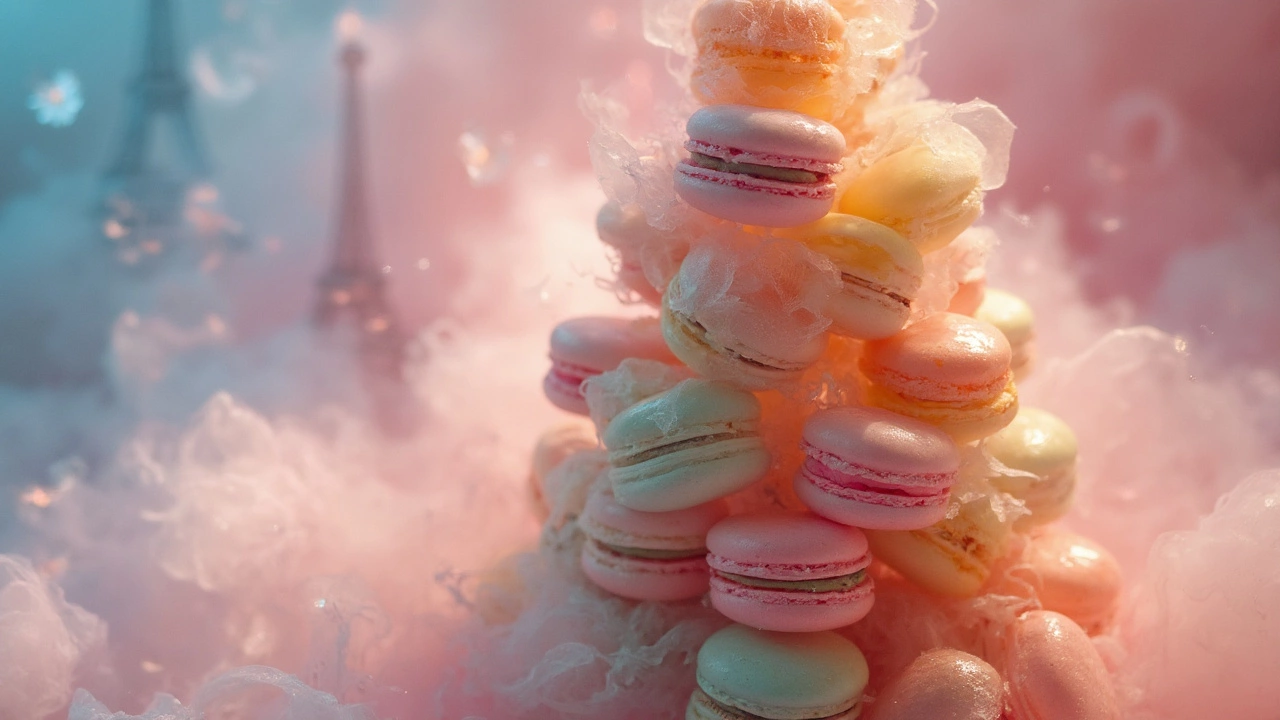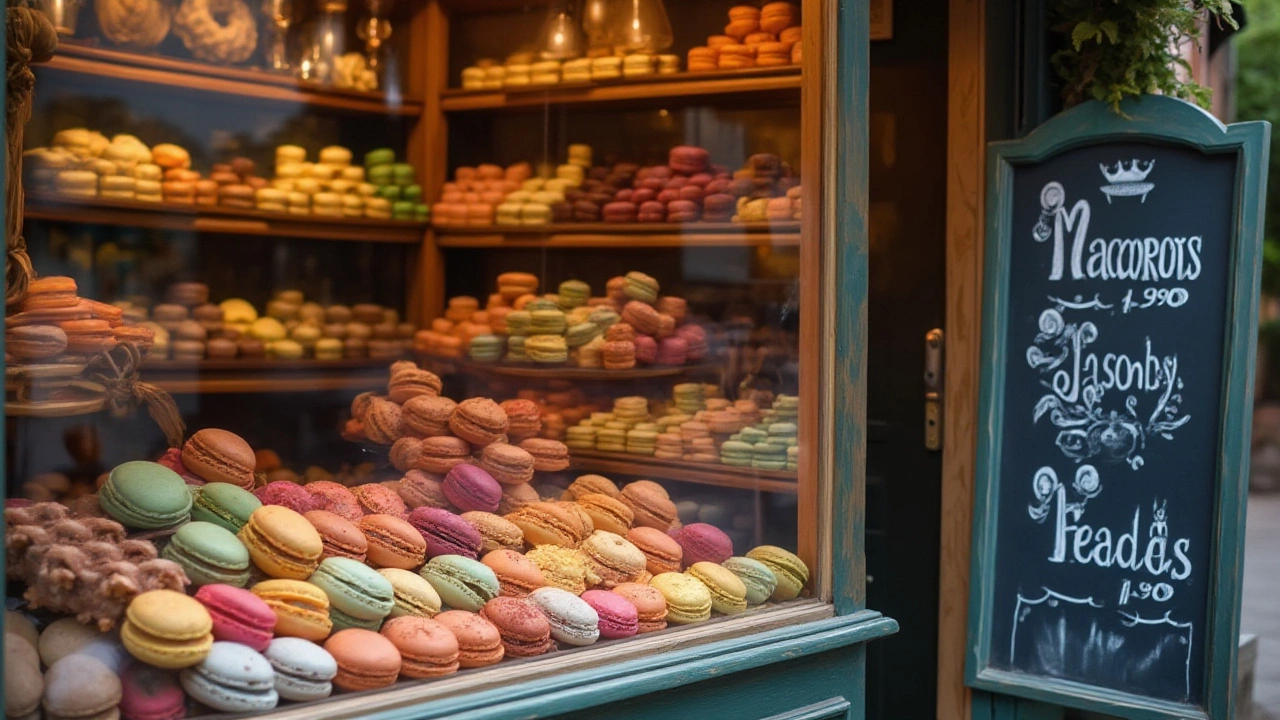Macarons – Everything You Need to Know About These French Treats
If you’ve ever stared at a tray of colorful macarons and wondered how they’re made, how much they cost, or how many you should serve, you’re in the right place. We’ll break down the basics, give you real‑world pricing, and share quick tips for buying or baking these delicate pastries.
How Much Do Macarons Really Cost?
First off, the price tag on a macaron can vary a lot. A homemade batch costs mostly ingredients – almond flour, powdered sugar, egg whites, and the flavor fillings. Expect to spend about £0.30‑£0.50 per piece if you buy bulk ingredients and already have the basic equipment. If you need a stand‑alone mixer or a silicone mat, add a few pounds to the total.
Buying from a bakery changes the math. In 2025, a single gourmet macaron in London can be £2‑£3, while a tower of 100 may run between £180‑£250 depending on size, decorations, and the vendor’s reputation. For a wedding, a macaron tower can cost anywhere from £350 for a modest 150‑piece set to over £600 for a custom‑designed masterpiece. Look for hidden fees like delivery, setup, and extra coloring – they add up fast.
Want to keep costs down without losing wow factor? Order your tower early, pick a smaller size, or choose a simple color palette. Some bakers let you supply the toppings or the base cake, which can shave off 10‑15% of the price.
Serving Sizes and Buying Guides
How many macarons should you plan per guest? A safe rule is two to three pieces per person for a dessert table, four if macarons are the main sweet. So a 50‑guest party needs about 150‑200 macarons. If you’re serving a cocktail hour, 1‑2 per guest works well.
When you’re buying in bulk, think about the flavor mix. People love variety – a blend of classic vanilla, chocolate, raspberry, and a surprise like pistachio or lavender keeps the tray interesting. If you bake at home, make a small test batch first to see which flavors hold up best after a night in the fridge.
Calorie‑wise, a single macaron averages 70‑120 calories depending on the filling. If you’re watching intake, offer mini‑macarons (about 50‑60 calories) or pair them with fresh fruit to balance the sweet.
Where to Eat the Best Macarons in France
Traveling to France? Paris has flagship shops like Ladurée and Pierre Hermé, but the real gems often hide in side streets. Look for bakeries that make their own almond flour on site – that’s a sign of quality. Smaller towns such as Saint‑Maurice and Lyon have boutique patisseries that serve up seasonal flavors you won’t find in tourist spots.
When you walk into a shop, check the shells. They should be smooth, slightly crisp on the outside, and soft inside. Any cracks or uneven coloring usually mean the batter wasn’t rested long enough or the oven temperature was off.
The History Behind the Macaron
Most people think macarons were invented in France, but the story starts in Italy. Venetian monks brought the almond‑based cookie to the French court in the 16th century. It stayed a simple, two‑piece sandwich until the early 1900s, when Pierre Ladrée added the glossy ganache filling we love today. Knowing this history makes the treat feel even more special – you’re tasting a piece of culinary travel.
Now that you know the costs, serving tips, and a bit of backstory, you can decide whether to bake at home, order a tower, or hunt down the best shop on your next trip to Paris. Either way, macarons are a fun, colorful way to impress friends, celebrate a special occasion, or just treat yourself.

